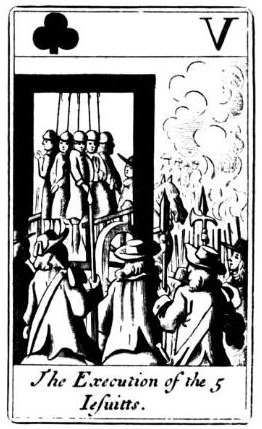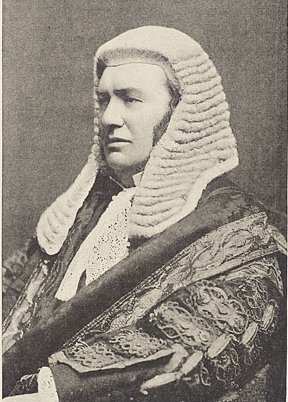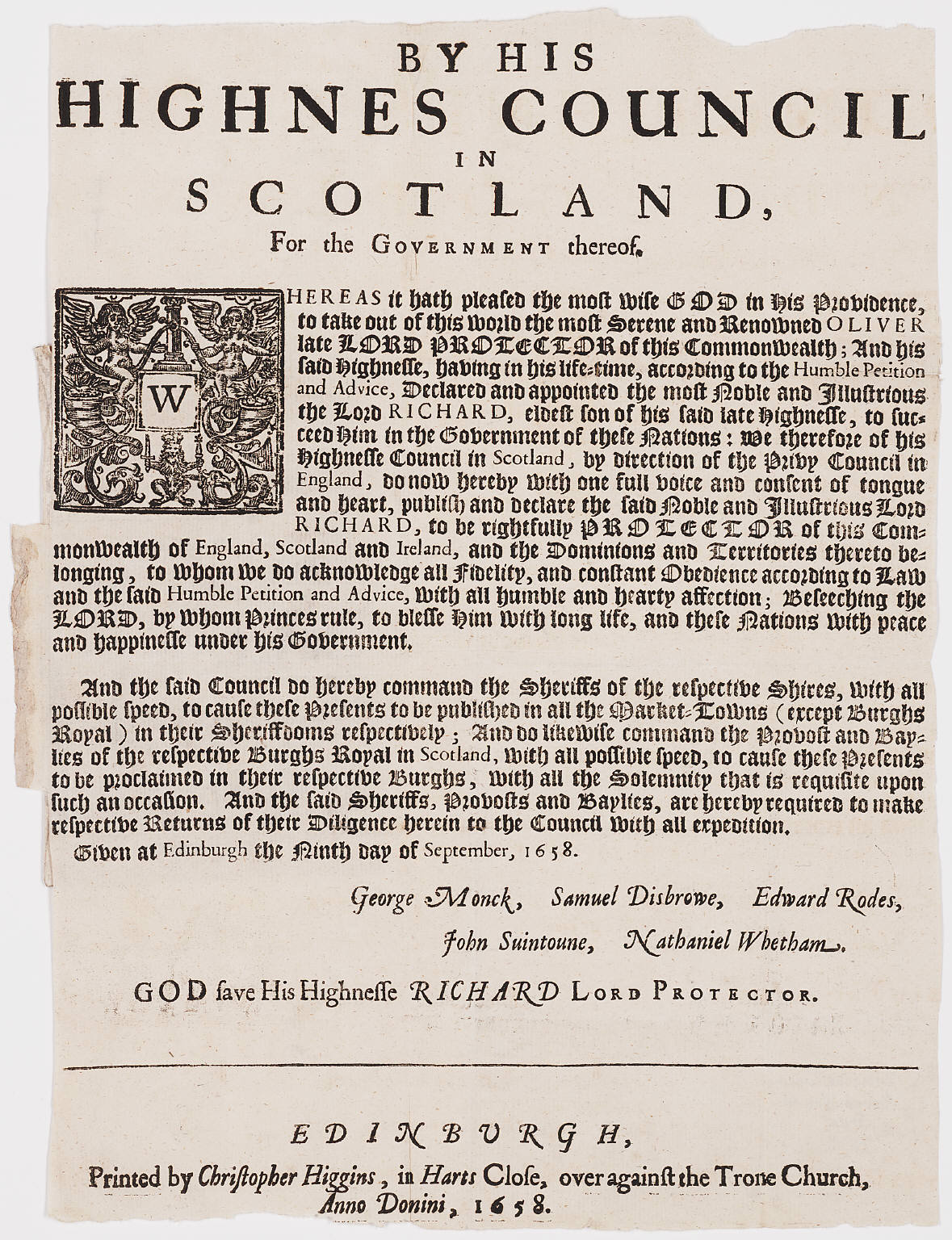|
William Ellis (Solicitor General)
Sir William Ellis (1609–1680) was an English lawyer, judge and politician who sat in the House of Commons at various times between 1640 and 1679, and supported the Parliamentary cause in the English Civil War. Life Ellis was second son of Sir Thomas Ellis of Grantham, Lincolnshire. He was educated at Christ's College, Cambridge, graduating B.A. in 1627. Having entered Gray's Inn on 6 November 1627 he was called to the bar on 9 February 1634. He represented Boston, Lincolnshire, in the Short parliament of 1640, and also in the Long parliament. After Pride's Purge Ellis was readmitted to the House of Commons on 4 June 1649. On 24 May 1654 he was appointed solicitor-general. Shortly afterwards he was elected an ancient of his inn. As solicitor-general he took part in the prosecution of those involved in the Gerard's conspiracy: John Gerard, Peter Vowell, and Summerset Fox on the charge of corresponding with Charles Stuart and conspiring to assassinate the Lord Protector Oliver ... [...More Info...] [...Related Items...] OR: [Wikipedia] [Google] [Baidu] |
House Of Commons Of England
The House of Commons of England was the lower house of the Parliament of England (which incorporated Wales) from its development in the 14th century to the union of England and Scotland in 1707, when it was replaced by the House of Commons of Great Britain after the 1707 Act of Union was passed in both the English and Scottish parliaments at the time. In 1801, with the union of Great Britain and Republic of Ireland, Ireland, that house was in turn replaced by the House of Commons of the United Kingdom. Origins The Parliament of England developed from the Magnum Concilium that advised the English monarch in medieval times. This royal council, meeting for short periods, included ecclesiastics, noblemen, and representatives of the county, counties (known as "knights of the shire"). The chief duty of the council was to approve taxes proposed by the Crown. In many cases, however, the council demanded the redress of the people's grievances before proceeding to vote on taxation. Thus ... [...More Info...] [...Related Items...] OR: [Wikipedia] [Google] [Baidu] |
Lord Protector (Cromwell)
Lord Protector (plural: ''Lords Protector'') was a title that has been used in British constitutional law for the head of state. It was also a particular title for the British heads of state in respect to the established church. It was sometimes used to refer to holders of other temporary posts; for example, a regent acting for the absent monarch. Feudal royal regent The title of "The Lord Protector" was originally used by royal princes or other nobles exercising a role as protector and defensor of the realm, while sitting also in a council of government, usually when the English monarch was still a minor or otherwise unable to rule. It differs from a continental regency because of the separation of powers. Notable cases in England: * John, Duke of Bedford, and Humphrey, Duke of Gloucester, were (5 December 1422 – 6 November 1429) jointly Lords Protector for Henry VI (1421–1471); * Richard Plantagenet, Duke of York, was thrice (3 April 1454 – February 1455; 19 November 14 ... [...More Info...] [...Related Items...] OR: [Wikipedia] [Google] [Baidu] |
Catholic Priests
The priesthood is the office of the ministers of religion, who have been commissioned ("ordained") with the Holy orders of the Catholic Church. Technically, bishops are a priestly order as well; however, in layman's terms ''priest'' refers only to presbyters and pastors (parish priests). The church's doctrine also sometimes refers to all baptised (lay) members as the "common priesthood", which can be confused with the ministerial priesthood of the consecrated clergy. The church has different rules for priests in the Latin Church–the largest Catholic particular church–and in the 23 Eastern Catholic Churches. Notably, priests in the Latin Church must take a vow of celibacy, whereas most Eastern Catholic Churches permit married men to be ordained. Deacons are male and usually belong to the diocesan clergy, but, unlike almost all Latin Church (Western Catholic) priests and all bishops from Eastern or Western Catholicism, they may marry as laymen before their ordination as cle ... [...More Info...] [...Related Items...] OR: [Wikipedia] [Google] [Baidu] |
Lionel Anderson
Lionel Anderson, alias Munson (died 1710) was an English Dominican priest, who was falsely accused of treason during the Popish Plot, which was the fabrication of the notorious anti-Catholic informer Titus Oates. He was convicted of treason on the technical ground that he had acted as a Catholic priest within England, contrary to an Elizabethan statute, but was reprieved from the customary death sentence. He was eventually released and sent into exile, after a biased trial, and after serving a term of imprisonment. Trial Anderson had taken an oath of allegiance to King Charles II, and had accordingly been allowed to live quietly in England, with unofficial Government permission, since 1671; he was left in peace for a short time even after the outbreak of the Popish Plot. Eventually, however, the mounting anti-Catholic hysteria made prosecution of any known Catholic priest, even if he had sworn an oath of loyalty to the Crown, inevitable. He was arrested in 1679 and tried with six ... [...More Info...] [...Related Items...] OR: [Wikipedia] [Google] [Baidu] |
Popish Plot
The Popish Plot was a fictitious conspiracy invented by Titus Oates that between 1678 and 1681 gripped the Kingdoms of England and Scotland in anti-Catholic hysteria. Oates alleged that there was an extensive Catholic conspiracy to assassinate Charles II, accusations that led to the executions of at least 22 men and precipitated the Exclusion Bill Crisis. Eventually, Oates's intricate web of accusations fell apart, leading to his arrest and conviction for perjury. Background Development of English anti-Catholicism The fictitious Popish Plot must be understood against the background of the English Reformation and the subsequent development of a strong anti-Catholic sentiment among the mostly Protestant population of England. The English Reformation began in 1533, when King Henry VIII (1509–1547) sought an annulment of his marriage to Catherine of Aragon to marry Anne Boleyn. As the Pope would not grant this, Henry broke away from Rome and took control of the Church in ... [...More Info...] [...Related Items...] OR: [Wikipedia] [Google] [Baidu] |
Court Of Common Pleas (England)
The Court of Common Pleas, or Common Bench, was a common law court in the English legal system that covered "common pleas"; actions between subject and subject, which did not concern the king. Created in the late 12th to early 13th century after splitting from the Exchequer of Pleas, the Common Pleas served as one of the central English courts for around 600 years. Authorised by Magna Carta to sit in a fixed location, the Common Pleas sat in Westminster Hall for its entire existence, joined by the Exchequer of Pleas and Court of King's Bench. The court's jurisdiction was gradually undercut by the King's Bench and Exchequer of Pleas with legal fictions, the Bill of Middlesex and Writ of Quominus respectively. The Common Pleas maintained its exclusive jurisdiction over matters of real property until its dissolution, and due to its wide remit was considered by Sir Edward Coke to be the "lock and key of the common law". It was staffed by one Chief Justice and a varying number of ... [...More Info...] [...Related Items...] OR: [Wikipedia] [Google] [Baidu] |
Serjeant-at-law
A Serjeant-at-Law (SL), commonly known simply as a Serjeant, was a member of an order of barristers at the English and Irish Bar. The position of Serjeant-at-Law (''servientes ad legem''), or Sergeant-Counter, was centuries old; there are writs dating to 1300 which identify them as descended from figures in France before the Norman Conquest, thus the Serjeants are said to be the oldest formally created order in England. The order rose during the 16th century as a small, elite group of lawyers who took much of the work in the central common law courts. With the creation of Queen's Counsel (or "Queen's Counsel Extraordinary") during the reign of Elizabeth I, the order gradually began to decline, with each monarch opting to create more King's or Queen's Counsel. The Serjeants' exclusive jurisdictions were ended during the 19th century and, with the Judicature Act 1873 coming into force in 1875, it was felt that there was no need to have such figures, and no more were created. The ... [...More Info...] [...Related Items...] OR: [Wikipedia] [Google] [Baidu] |
Third Protectorate Parliament
The Third Protectorate Parliament sat for one session, from 27 January 1659 until 22 April 1659, with Chaloner Chute and Thomas Bampfylde as the Speakers of the House of Commons. It was a bicameral Parliament, with an Upper House having a power of veto over the Commons. Events After the death of Oliver Cromwell his son Richard Cromwell succeeded him as Lord Protector of the Protectorate on 3 September 1658. As a civilian, Richard did not have the full confidence of the Army, particularly as the administration had a perennial budget deficit of half a million pounds and the Army was owed nearly nine hundred thousand pounds in back pay. His only option was to call a Parliament in the hope that it would cement his position by general recognition of the ruling class and by raising new taxes to pay the arrears owed to the Army. The Third Protectorate Parliament was summoned on 9 December 1658 on the basis of the old franchise, and assembled on 27 January 1659. Richard was recognised ... [...More Info...] [...Related Items...] OR: [Wikipedia] [Google] [Baidu] |
Richard Cromwell
Richard Cromwell (4 October 162612 July 1712) was an English statesman who was the second and last Lord Protector of the Commonwealth of England, Scotland and Ireland and son of the first Lord Protector, Oliver Cromwell. On his father's death in 1658 Richard became Lord Protector, but lacked authority. He tried to mediate between the army and civil society and allowed a Parliament containing many disaffected Presbyterians and Cavalier, Royalists to sit. Suspicions that civilian councillors were intent on supplanting the army were brought to a head by an attempt to prosecute a major-general for actions against a Royalist. The army made a threatening show of force against Richard and may have had him in detention. He formally renounced power nine months after succeeding. Although a Royalist revolt was crushed by the recalled civil war figure General John Lambert (general), John Lambert, who then prevented the Rump Parliament from reconvening and created a Committee of Safety, Lam ... [...More Info...] [...Related Items...] OR: [Wikipedia] [Google] [Baidu] |
Restoration (England)
The Restoration of the Stuart monarchy in the kingdoms of England, Scotland and Ireland took place in 1660 when King Charles II returned from exile in continental Europe. The preceding period of the Protectorate and the civil wars came to be known as the Interregnum (1649–1660). The term ''Restoration'' is also used to describe the period of several years after, in which a new political settlement was established. It is very often used to cover the whole reign of King Charles II (1660–1685) and often the brief reign of his younger brother King James II (1685–1688). In certain contexts it may be used to cover the whole period of the later Stuart monarchs as far as the death of Queen Anne and the accession of the Hanoverian King George I in 1714. For example, Restoration comedy typically encompasses works written as late as 1710. The Protectorate After Richard Cromwell, Lord Protector from 1658 to 1659, ceded power to the Rump Parliament, Charles Fleetwood and John ... [...More Info...] [...Related Items...] OR: [Wikipedia] [Google] [Baidu] |
John Mordaunt, 1st Viscount Mordaunt
John Mordaunt, 1st Viscount Mordaunt (18 June 1627 – 5 June 1675) was an English royalist. He was born in Lowick, Northamptonshire, the second son of John Mordaunt, 1st Earl of Peterborough and Elizabeth Howard (d. 1671), daughter of William Howard, 3rd Baron Howard of Effingham.Stater, VictorMordaunt, John, first Viscount Mordaunt of Avalon (1626–1675) Oxford Dictionary of National Biography, Oxford University Press (2004), In June 1648, he joined his brother, Henry Mordaunt, 2nd Earl of Peterborough in leading a Royalist uprising, and fled with him to the Continent when it failed. He had returned to England by 1652, and married Elizabeth Carey on 7 May 1657. He again engaged in Royalist conspiracy, and met the Marquess of Ormonde on his secret trip to England in 1658. Mordaunt was betrayed and arrested on 1 April 1658. Released and re-arrested on 15 April 1658, he was charged with treason. Thomas Pride, one of the commissioners to try him, fell ill, and a key witness esca ... [...More Info...] [...Related Items...] OR: [Wikipedia] [Google] [Baidu] |
John Hewett (chaplain)
Reverend Dr. John Hewett (or Huett; September 1614 – ''buried'' 8 June 1658) was chaplain to Charles I and later executed for treason as a Royalist. The son of clothworker Thomas Hewett, he was born in Eccles, Lancashire, and educated in nearby Bolton-le-Moors. He matriculated sizar at Pembroke College, Cambridge in 1633, and in 1643 he was awarded a degree of D.D. by Oxford University, where he served as a chaplain to Charles I. He then became chaplain to Montagu Bertie, 2nd Earl of Lindsey, at Havering in Essex, before moving to London, where he preached to larger congregations. He was openly loyal to the exiled Prince Charles (the future King Charles II), and was involved in the secret preparations for his return. In April 1658 a fellow sympathiser, John Stapley, confessed to Cromwell that, thanks to Hewett, he had been offered funds to raise an army to support the return of Prince Charles. Hewett was arrested, along with Lord Mordaunt and Sir Henry Slingsby, and brou ... [...More Info...] [...Related Items...] OR: [Wikipedia] [Google] [Baidu] |





